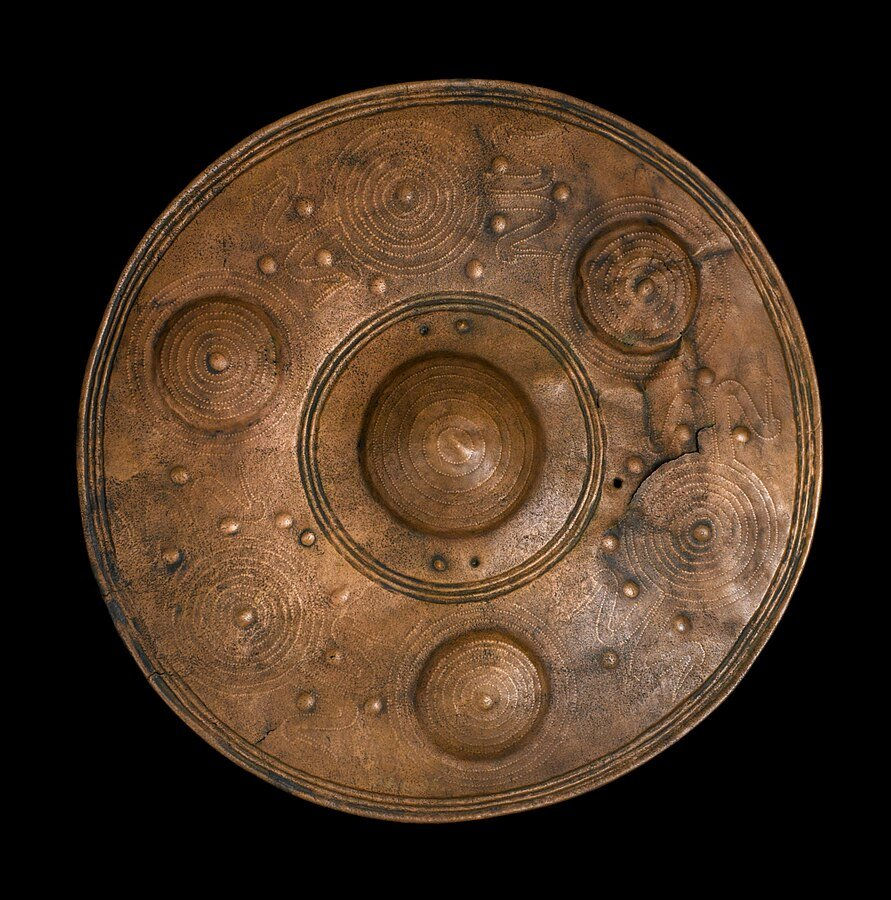Weapons & Warfare of Bronze Age Europe 2
- Sylvia Rose

- Oct 23, 2023
- 3 min read
Updated: Nov 24, 2023
Bronze Age weapons and metallurgy mold the course of warfare and history in the early centuries. The Bronze was the second of three Metal Ages, preceded by the Copper Age and succeeded by the Iron Age. The Nordic Bronze Age happens a few centuries later.
See also:
New technology enables the building of faster, lighter weapons, ships and war machines. While the Bronze Age of 3300 - 1200 BCE is a time of phenomenal industrial and trade progress it's also an era of warriors. The famous Battle of the Tollense River Valley is the largest conflict in history.
A massive migration of the Steppe people, the Proto-Indo-European Yamnaya, pushes its way in all directions at the beginning of the Bronze Age. Populations grow and shift.
See also:
On the Steppe and in the mountains, tribal warfare consists of pirate-type looting or ambush fighting. The Steppe people are fierce raiders, later compared to the armies of Attila because of the terrorist tactics and guerrilla techniques associated with their surprise attacks.
The Yamnaya are also animal herders who colonize large areas of Europe beginning 3000 - 2000 BCE. They travel east to Spain, west to Russia, up to the North Sea and south through Anatolia. Cultural and social changes accompany their progress, including widespread creation of warrior classes.
See also:
In the creation myths of the Proto-Indo-Europeans, warrior classes are born from the chest and arms of sacrificed twin Yemo. Warriors assumed a special place in Yamnaya society, which developed defined social classes according to status and wealth.
Both warriors and smiths / metallurgists are highly regarded, being people of power, strength and wisdom of the Earth, and connections to otherworldly energy. As the Yamnaya were a patriarchal society women did not assume positions of warrior, metal worker or hunter, with the occasional exception.
In the Bronze Age warfare moves from raiding parties and vengeance attacks to organized units of battle. The first large-scale conflict was the Tollense Valley Battle of c. 1300 BCE. Bronze was widely used for spears, daggers, swords, and later, armor.
An alloy of copper and tin, bronze is harder than the more malleable copper and made significant improvements in tools and weapons alike. Bronze was used in wagons, buildings and boats, religious purposes and statuary, due to its toughness.
See also:
Between 2000 and 1500 BCE, the population of Europe doubles. The late Bronze Age and ensuing Iron Age are industrial revolutions of prehistory. The rise in strategic warfare and warlike tactics, organization of troops as in Greece, and establishment of warrior classes in many cultures at once show a need for nations and tribes to remain competitive as resources and living space dwindled.
Warfare and weapons depend on available materials, trade routes and skill sets. People have an advantage with better equipment, transportation or weaponry. The trade of blacksmith arises around 1500 BCE, though metallurgy itself goes back to the dawn of time. People use the metals of antiquity which can easily be surface mined or gathered.
See also:
With new developments in metals and alloys, the smith fills a niche as a specialist. He is also associated with the elemental powers of the earth, associated with magic. He could make weapons, tools, furnishings, decorations, household needs, and care for the hooves of horses before the advent of farriers in Middle Ages.
Chariots first appear in 2000 BCE, a strong advancement in warfare. Mycenaean Greeks (c. 1600 – c. 1100 BCE) usher in development of military infrastructures, and the first plate armor.
See also:








